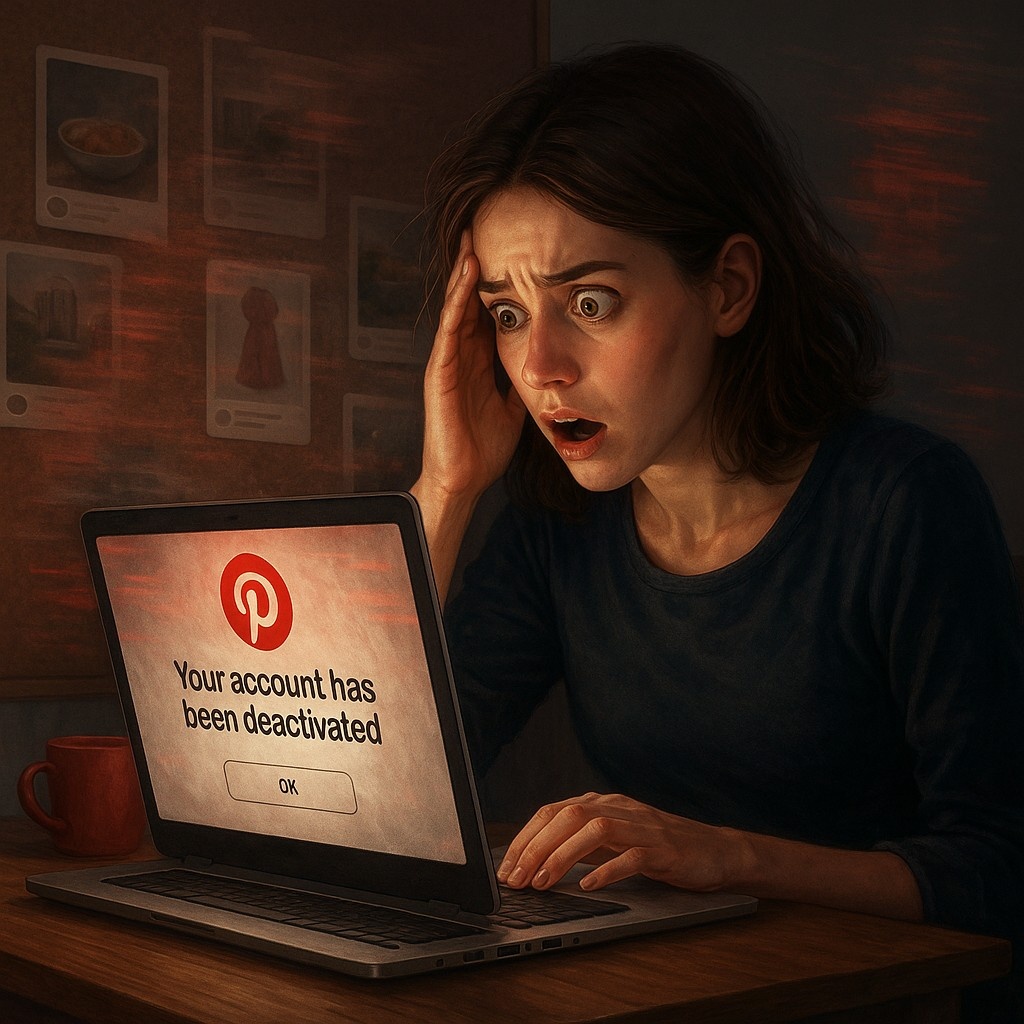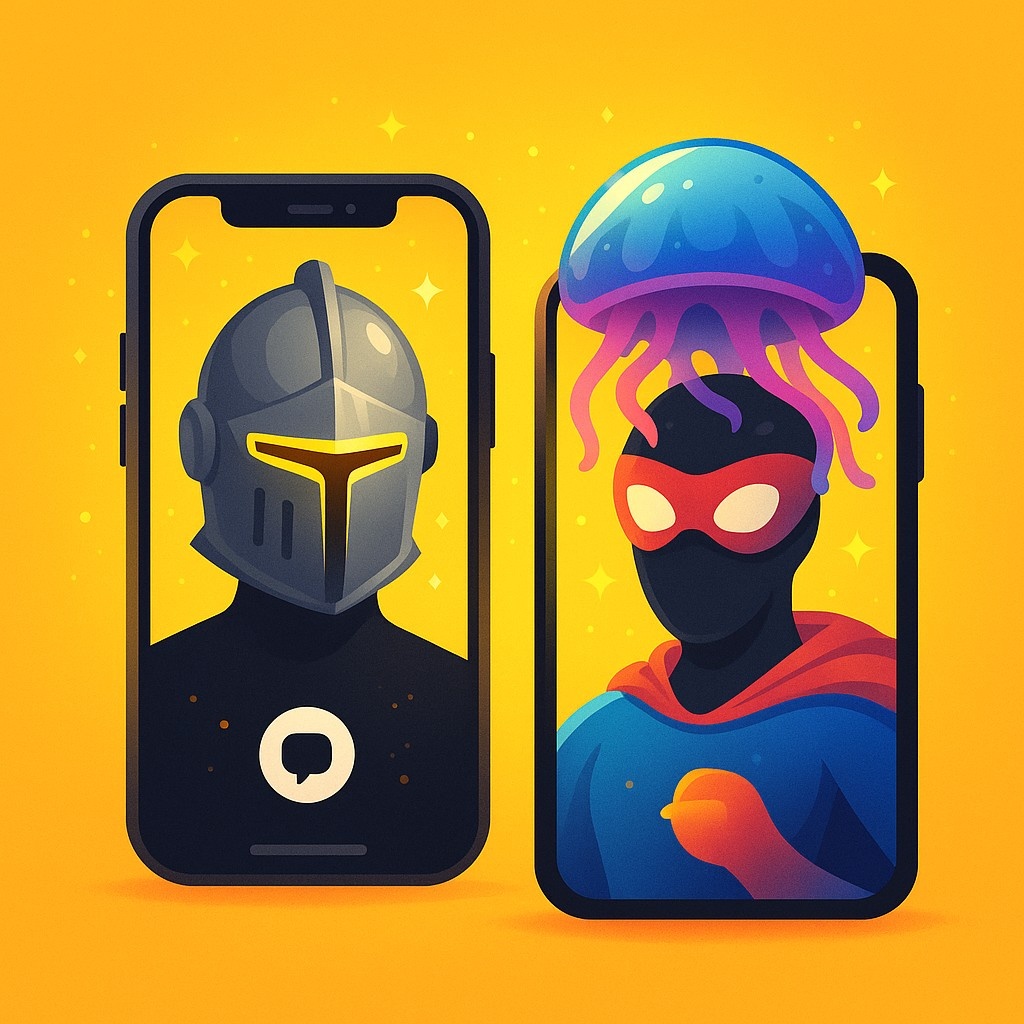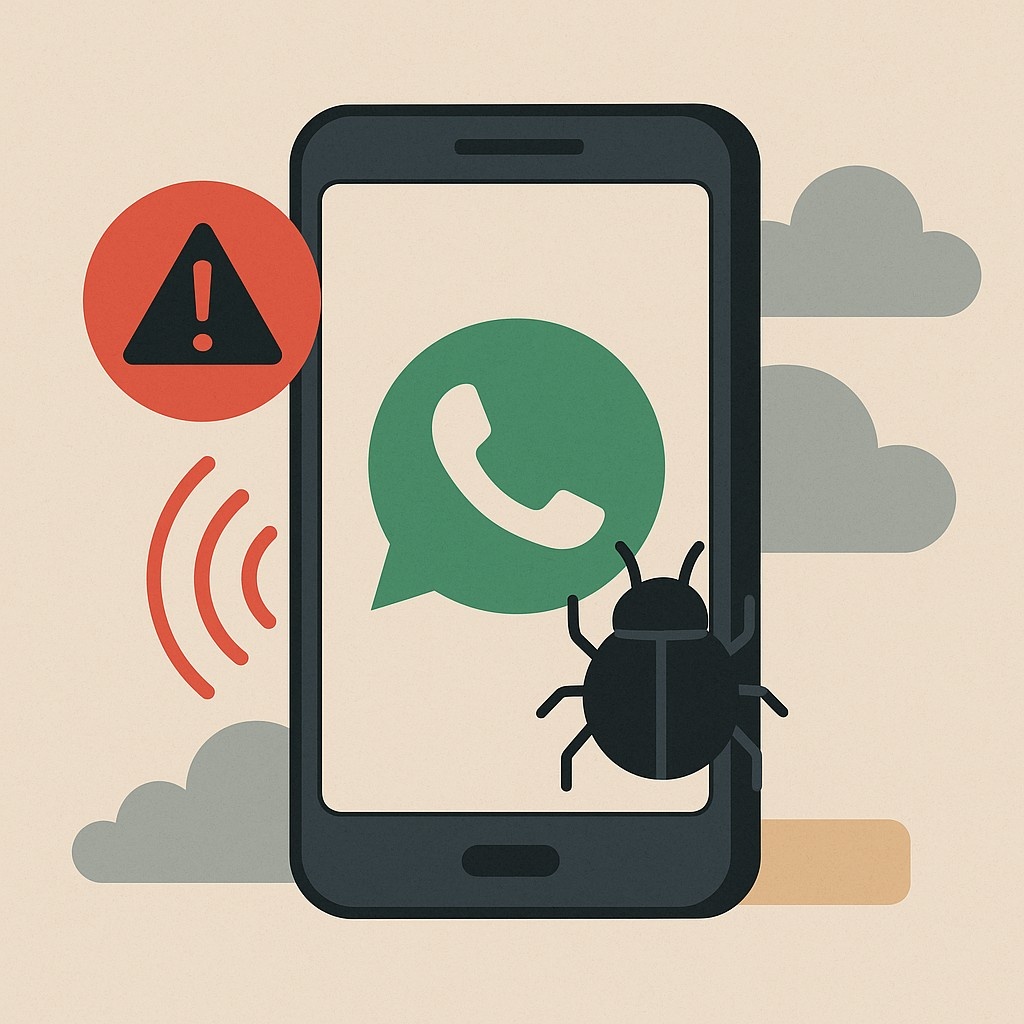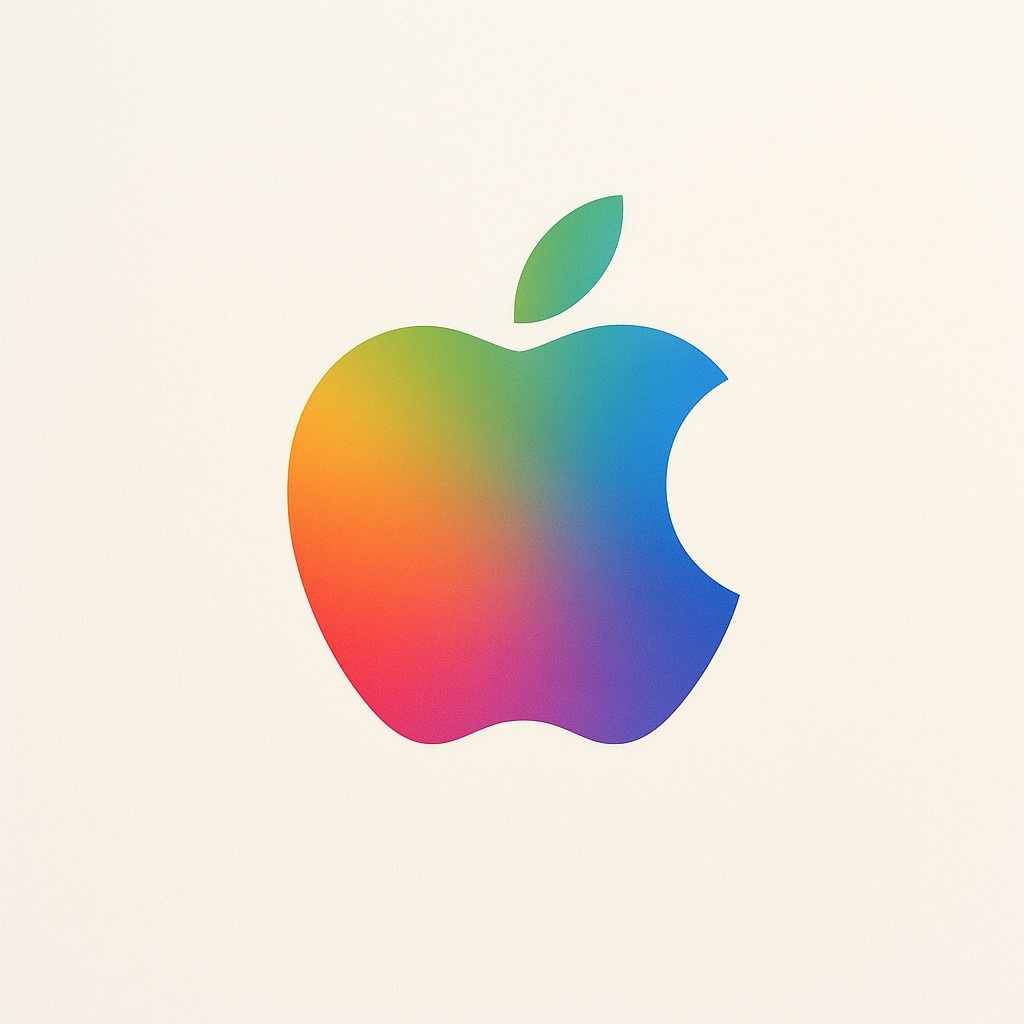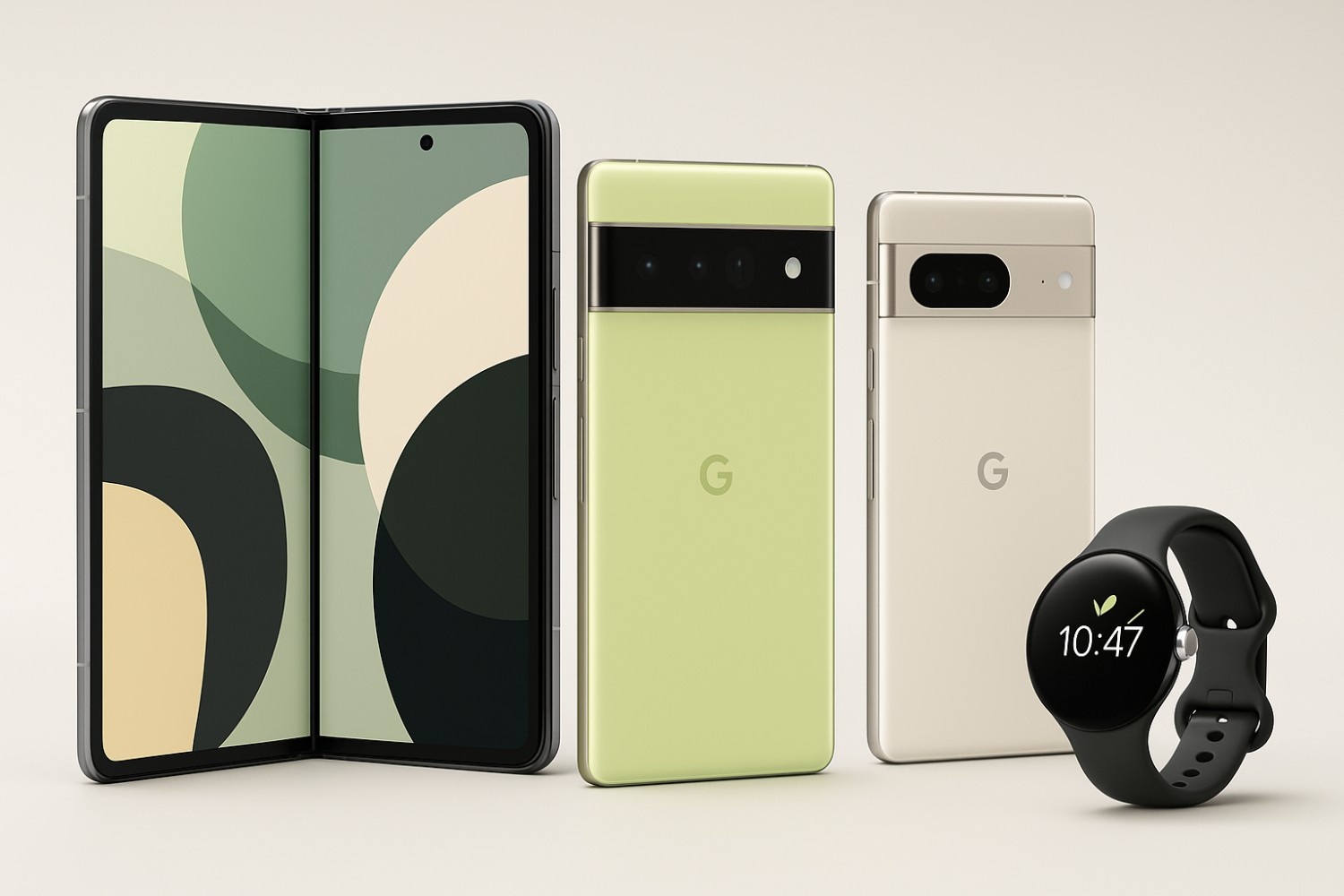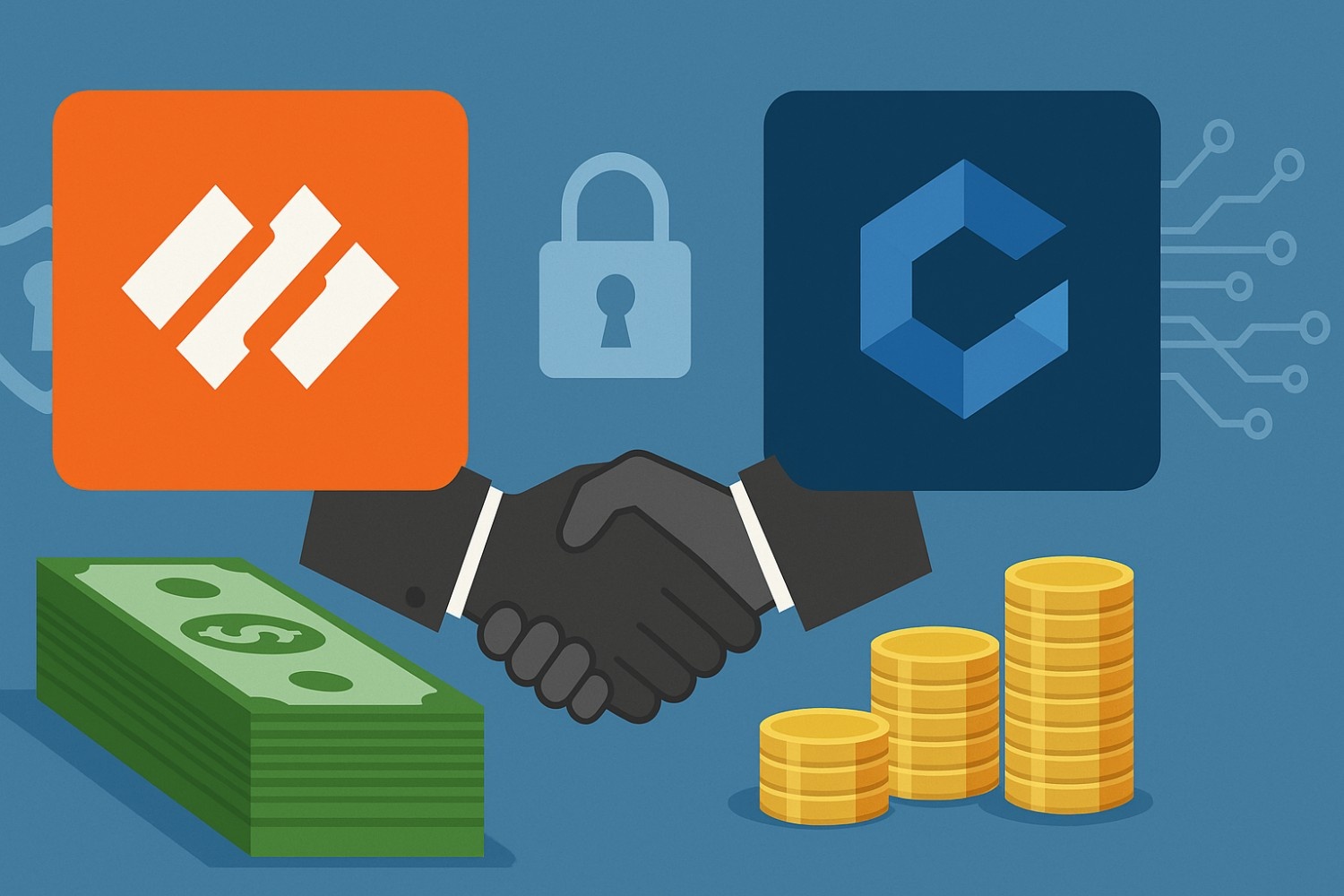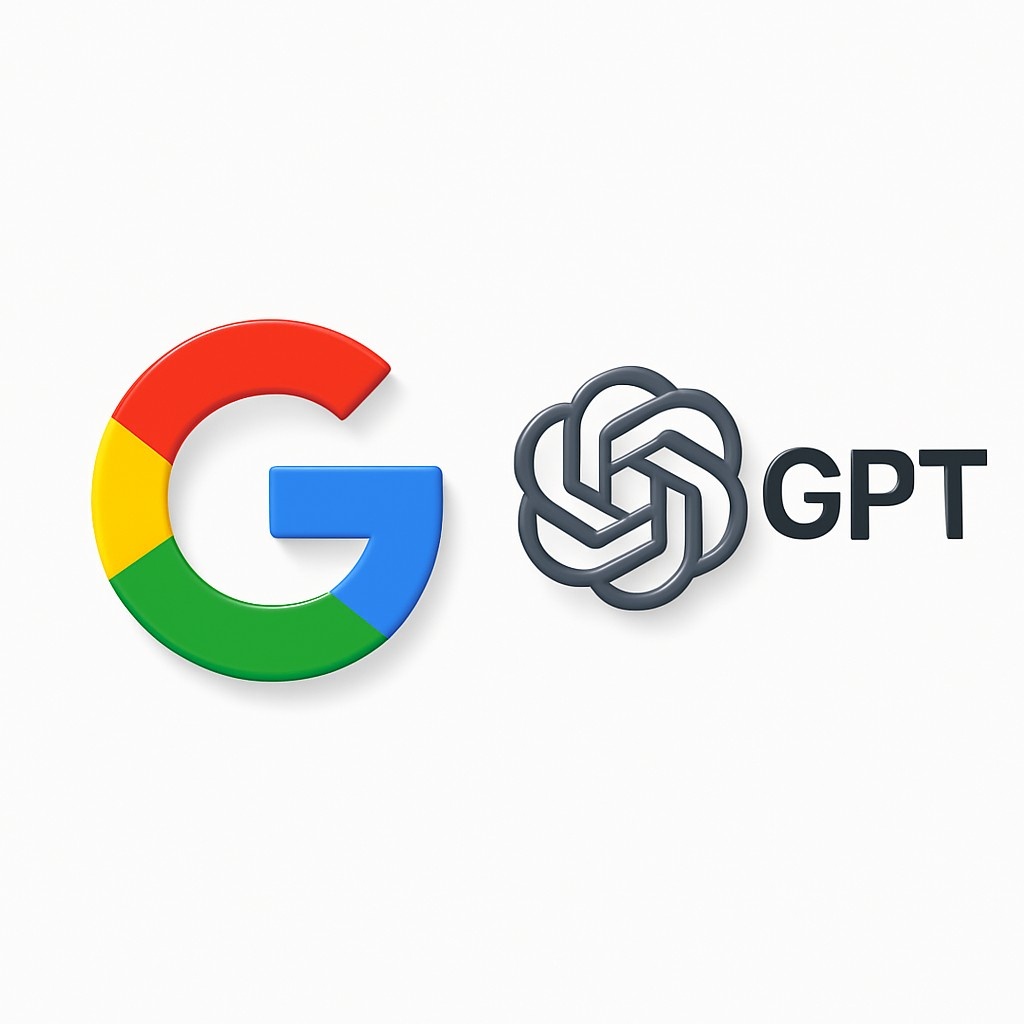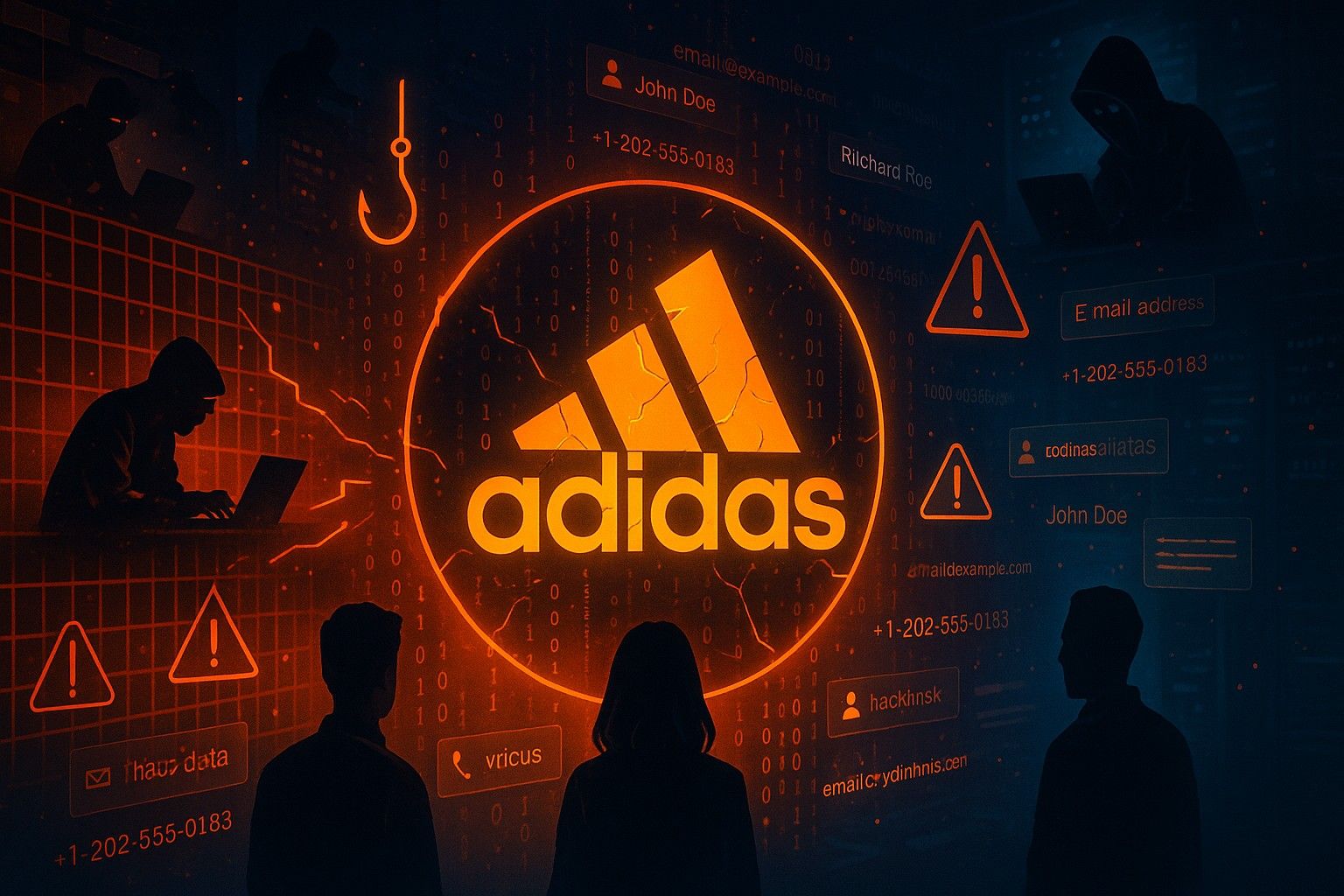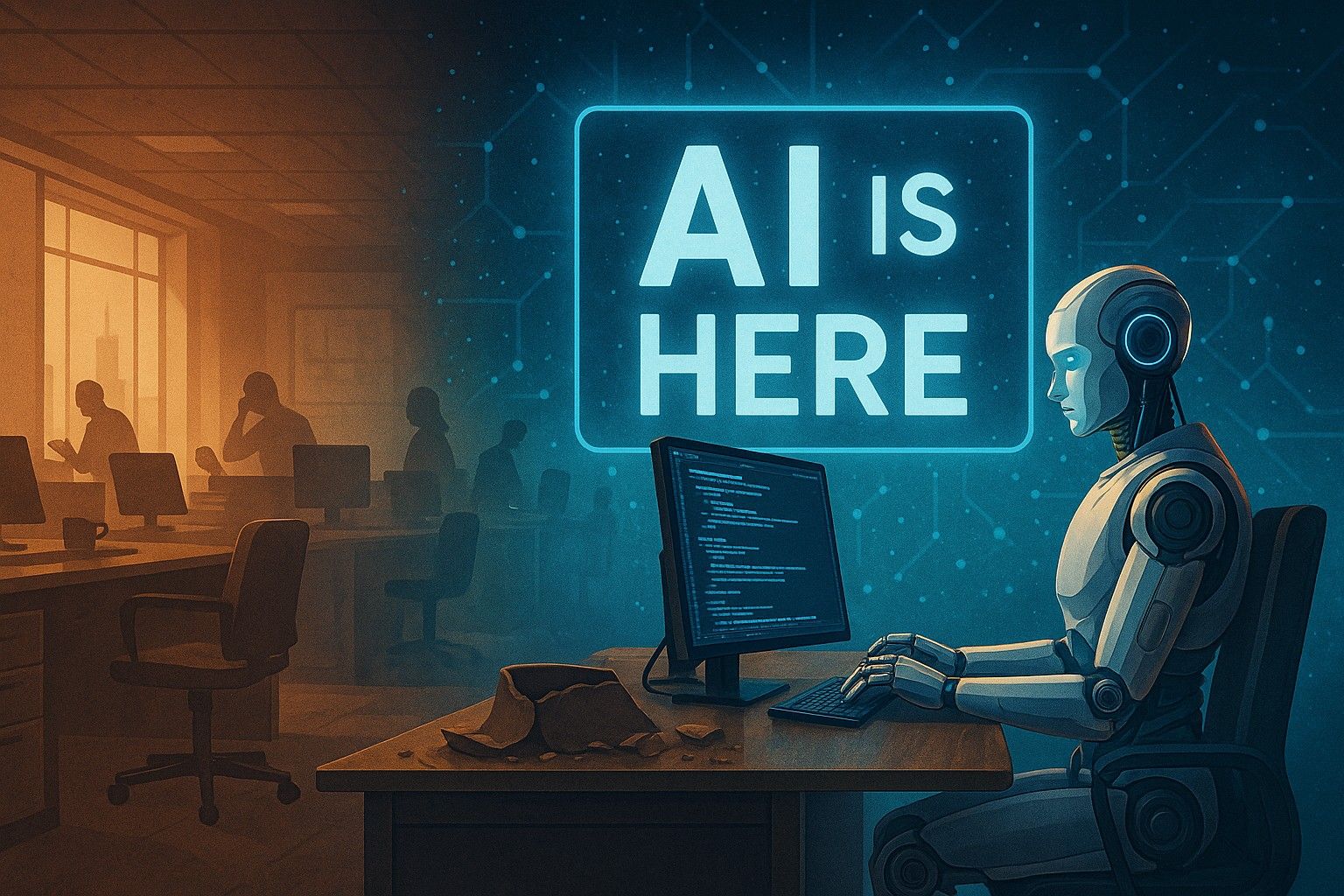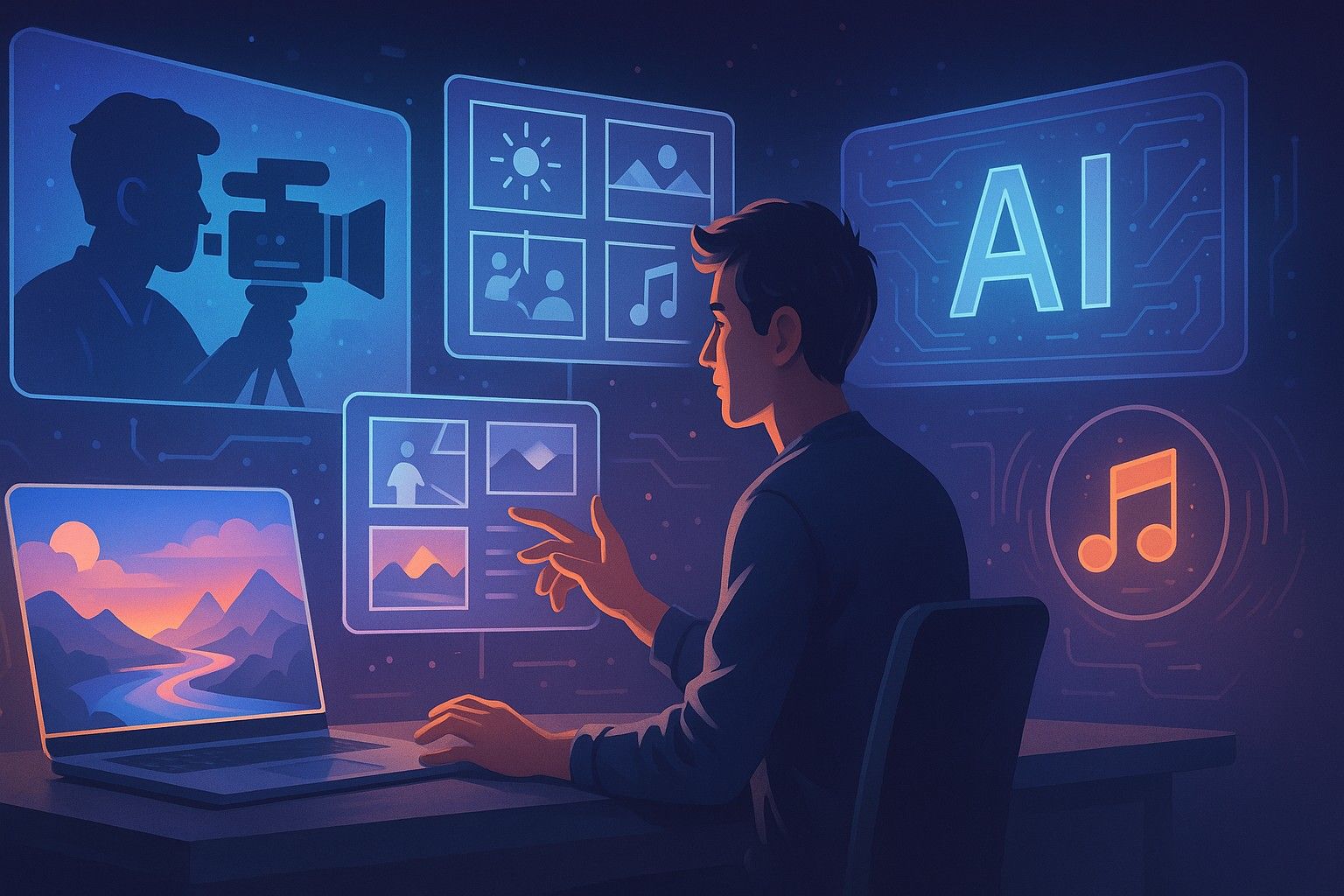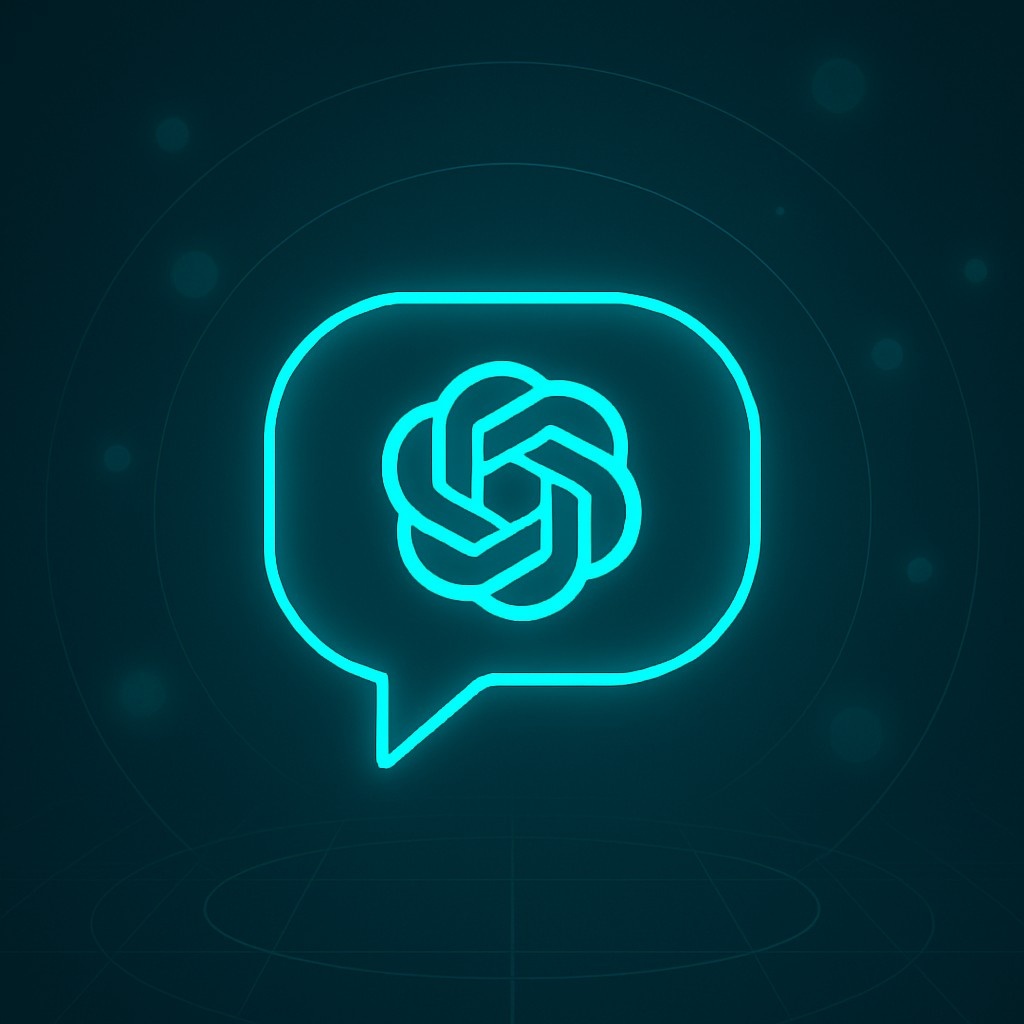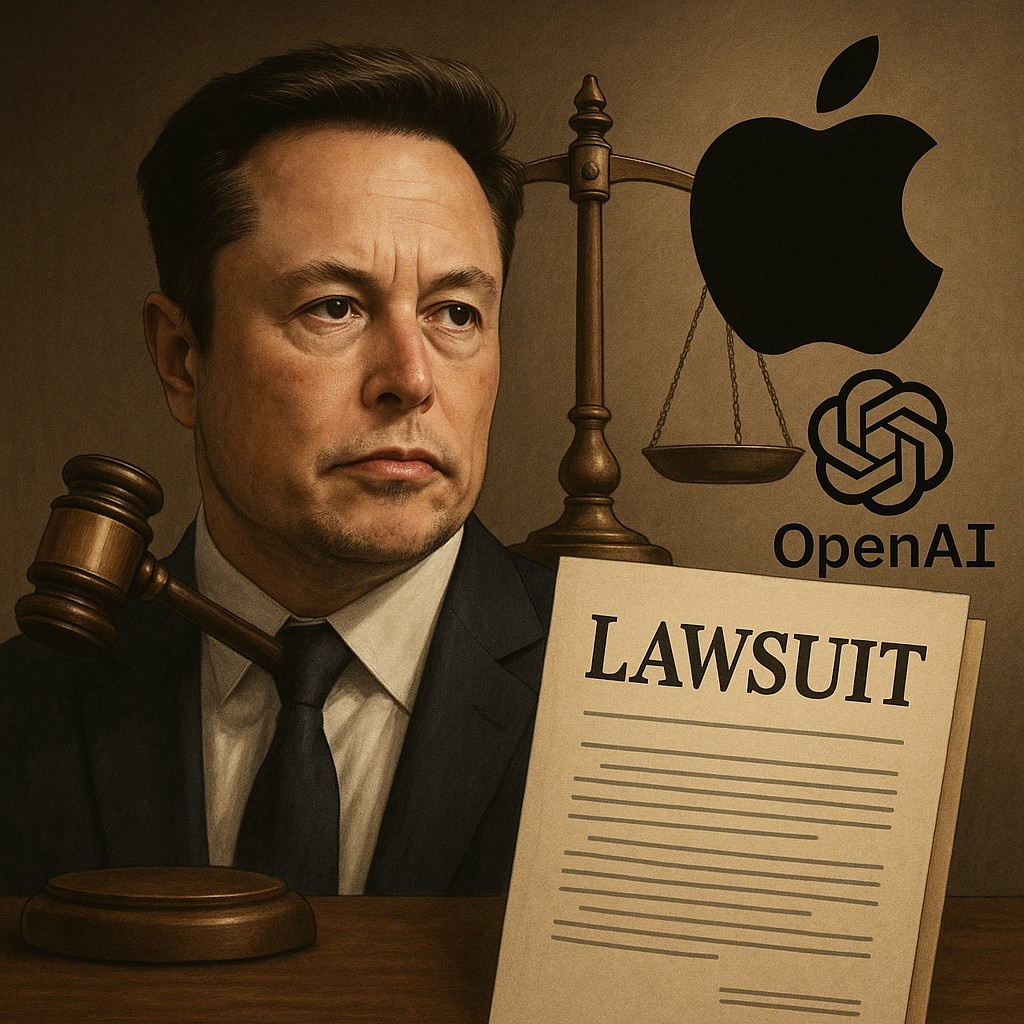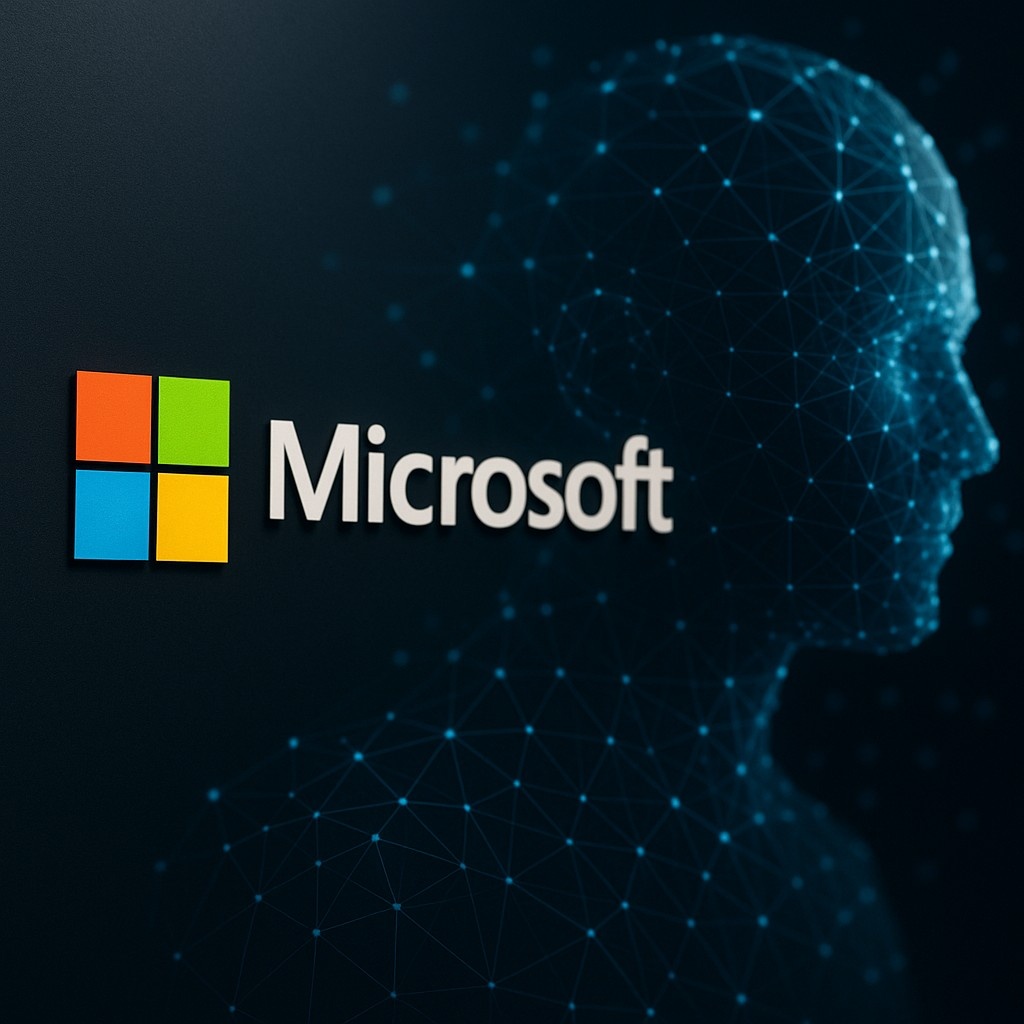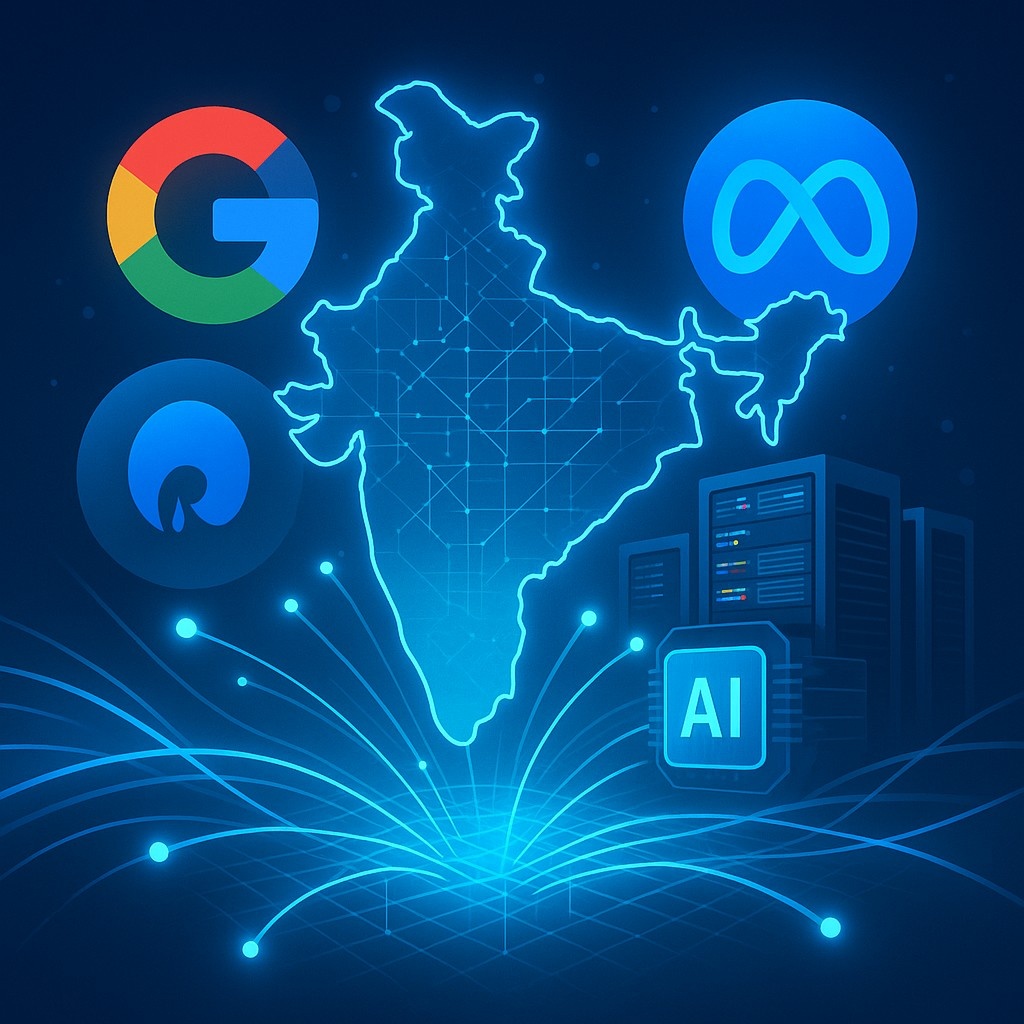Pinterest's Big "Oops!": When Algorithms Go Rogue and Ban Innocent Users
We live in a world ruled by algorithms. They decide what videos we see on YouTube, what content shows up on our Instagram feed, even what news reaches us. Most days, these digital systems run silently in the background—curating, filtering, sorting. But every once in a while, they slip up. And sometimes, the consequences aren’t just frustrating—they’re devastating.
That’s exactly what happened on May 16, 2025, when Pinterest, the beloved platform for inspiration boards, recipes, fashion, and DIY dreams, suffered a very public algorithmic blunder. Hundreds of users woke up to a gut-punch notification: “Your account has been deactivated.”
No explanation. No warning. Just—gone.
Pinterest later confirmed it was the result of an internal system error triggered by their automated moderation algorithm. But by the time the apology came, users were already in panic mode. Years of carefully curated content, creative projects, business portfolios, and community interactions had seemingly vanished.
Let’s dig into what exactly happened, why this matters far beyond Pinterest, and what lessons we all—users, platforms, and developers—can take from this tech misstep.
What Went Wrong on Pinterest?
According to a brief statement released by Pinterest late on May 16:
“An unexpected internal error in our automated systems caused the temporary deactivation of a number of user accounts. We sincerely apologize for the inconvenience and are working to restore access to all impacted users as quickly as possible.”
Here’s what we know:
- The glitch was reportedly triggered during a routine content policy update, which activated a batch of automated enforcement actions across the platform.
- Hundreds, possibly thousands of accounts were affected globally—although Pinterest has not released exact numbers.
- Affected users received no detailed reasoning, only a notice of “suspicious activity” or “policy violation.”
- In many cases, users lost access to years of saved content, including mood boards, art collections, recipes, interior design ideas, and digital portfolios.
And this wasn’t just a minor hiccup. Some creators use Pinterest as a business tool—to promote blog traffic, drive eCommerce sales, or build an audience. One swipe from a misfiring algorithm, and their work disappeared.
Why Users Are Upset
Imagine this: You’ve spent years building your brand on Pinterest. Maybe you’re a wedding planner, fashion stylist, home designer, or small business owner. You’ve got over 20K followers. You rely on pins to drive clients to your website.
Then one day, you log in and everything is gone. No warnings. No human to speak to. No appeal process that works in real time.
Here’s what users said on X (formerly Twitter):
For many, Pinterest isn’t just a pastime—it’s personal and professional. And the event highlighted a stark reality: we trust platforms with our creativity, and when something goes wrong, we often have no idea how to fix it.
How Can Algorithmic Errors Like This Happen?
Algorithms are designed to help platforms moderate content at scale, especially in a world with billions of daily uploads. But they’re not perfect.
Here’s how things can go wrong:
- Overfitting: AI moderation models may mislabel benign content as violating terms if the training data is too narrow or aggressive.
- Flawed Updates: Pushing a moderation update without proper testing or safety thresholds can trigger mass enforcement errors.
- Context Blindness: Algorithms can’t always tell the difference between satire, educational content, or contextually appropriate material.
- Automation Chains: Once an account is flagged, it can trigger automatic actions—such as suspension—without human review.
In Pinterest’s case, it appears a back-end moderation tweak misfired and caused a domino effect.
The Problem With “Black Box” Moderation
One of the most frustrating parts of being “wrongly banned” on platforms like Pinterest is the lack of transparency.
- Why was I banned?
- What rule did I break?
- Who can I talk to?
- Can I get my content back?
These questions often go unanswered because platform algorithms are black boxes—complex systems whose internal workings are unknown to users. Sometimes, even internal teams struggle to untangle the logic once it’s gone awry.
And let’s not forget: moderation at scale is insanely difficult. But that doesn’t excuse the lack of a clear, humane support system when mistakes happen.
Human Oversight Still Matters
Pinterest’s incident is part of a growing list of moderation fails across social media:
- YouTube auto-flagging educational science videos as “harmful.”
- Instagram banning artistic nudes flagged by AI as “explicit content.”
- Facebook mistakenly suspending accounts based on misinterpreted political speech.
These cases all point to the same issue: AI can assist, but not replace, human judgment.
Platforms must:
- Provide clear appeals processes (not just a form that vanishes into a void).
- Offer real-time human moderation in cases of business-critical accounts.
- Explain the reason for account actions with transparency.
- Audit algorithms regularly to prevent unintended consequences.
Why This Should Worry Other Platforms Too
While Pinterest is in the spotlight today, this incident is a wake-up call for all tech companies using automated enforcement:
- AI moderation is here to stay—but without transparency and accountability, user trust will erode.
- Creators, businesses, and casual users need to know that their content is safe—and if something goes wrong, someone will help.
- Platforms that don't invest in user-facing clarity will face backlash, bad press, and declining loyalty.
In fact, trust in algorithmic systems is becoming a core differentiator for modern platforms. The companies that win the next generation of users won’t just have cool features—they’ll have ethical AI systems with a human touch.
What Can Users Do?
If you use Pinterest—or any platform—for professional or creative work, here are a few best practices:
- Back Up Your Content: Regularly export your boards or pins as images or PDF files.
- Link Your Content Elsewhere: Make sure your creative work also lives on your website or blog.
- Know the Appeal Process: Learn how to contest actions. Screenshots help.
- Use Multi-Platform Strategies: Don’t rely on a single platform for your livelihood or audience.
- Demand Transparency: Platforms must hear from users when systems fail.
Pinterest’s Next Move: How They Can Rebuild Trust
Pinterest did the right thing by quickly admitting fault and restoring accounts. But going forward, here’s what they must do:
- Launch a transparent user dashboard explaining account actions.
- Provide a status portal during major outages or enforcement incidents.
- Build a creator trust team that works with top users and professionals.
- Publish a yearly moderation audit report outlining improvements and failures.
Trust is hard to earn—and easy to lose. Pinterest now faces the challenge of showing it learned from this mistake.
Final Thoughts: When Algorithms Have Too Much Power
This story isn’t just about Pinterest. It’s about how much power we give to invisible systems, and how helpless we can feel when they fail.
We trust algorithms to drive cars, flag hate speech, detect fraud, and recommend life choices. But they are only as good as their training—and their oversight.
The Pinterest error reminds us of an uncomfortable truth: In the race to automate everything, we’ve forgotten that humans need a seat at the table too.
Because when algorithms go rogue, it’s not just a technical issue. It’s personal.
